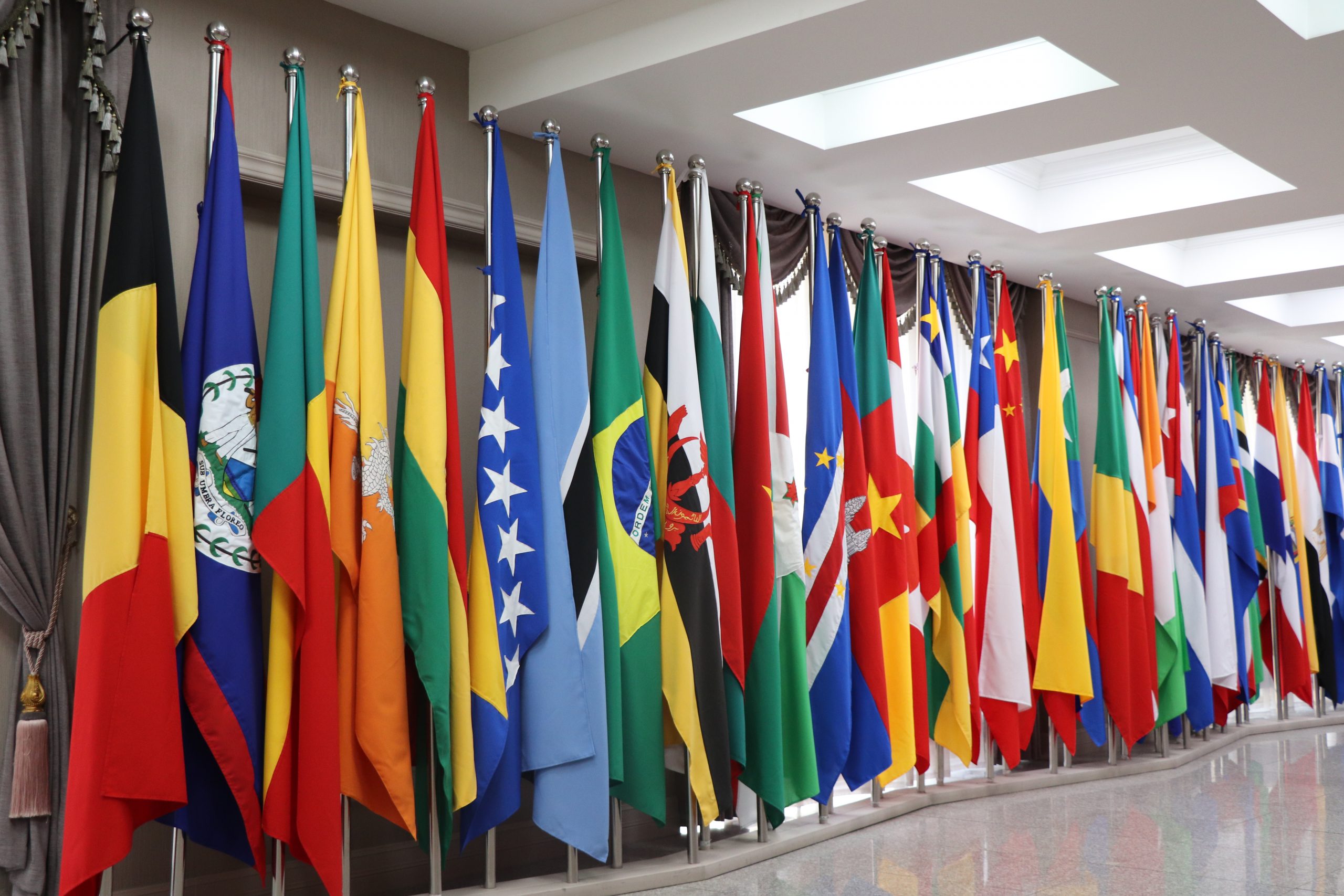A leap development of foreign relations in thirty years

The current foreign policy is the legacy of foreign policy that was formed after the reconstruction that took place in Mongolia and the Soviet Union in the second half of the 1980s. Thus, the Mongolian foreign policy should be seen as a thirty-year of persistent effort and creativity.

D. Bayarkhuu International relations researcher and professor
At that time the Mongolian government officials tried to get the most out of pleasant opportunities in international relations and finally were able to develop its foreign policy without any external influence. The main policy was to maintain balanced dynamic cooperation with two neighboring countries, develop friendly relationships with leading eastern and western countries, establish close relationships with the US, and create favorable external conditions for the development of Mongolia. In the first half of the 1990s, Mongolia made tremendous progress in re-establishing its relationship with the world after the fall of socialism, and successfully adopted the necessary legislation. In short, Mongolia took up a new foreign policy path, made democratic Mongolia famous around the world, and achieved new partnerships.
Under the new foreign policy, the former President of Mongolia P.Ochirbat officially announced that Mongolia became a nuclear-weapon-free zone at the 47th session of the UN General Assembly in 1992.
In the past 30 years, two political parties, the Mongolian People’s Party and Democratic Party, have formed a cabinet independently and in a coalition. It can be concluded that the parties were able to keep a common foreign policy and to actively implement those policies. P.Ochirbat served as the first President from 1990 to 1997. He was responsible for the new foreign cooperation. At the time, significant steps were taken to establish, develop, and strengthen new bilateral relationships. It was a historical achievement to accede to the World Trade Organization before our two neighboring countries.
In 2000, the President of the Russian Federation V.Putin officially visited Mongolia and signed the bilateral “Ulaanbaatar Declaration” which laid a foundation for a strong relationship. Historically, it was the first visit of the head of the Russian Federation since 1974.
In the new century, the world began extensively combating international terrorism. In that regard, Mongolia made efforts in training its armies for counter-terrorism and in contributing to peacekeeping operations. It was the first major step towards radical foreign policy. Another advancement in multilateral relations was the fifth International Conference of New or Restored Democracies which was organized in Ulaanbaatar in 2003. In the first decade of the 21st century, Mongolia successfully defined its foreign policy on refraining from joining any military alliance or grouping, cooperation with SCO and ASEM, Conference on Interaction and Confidence Building Measures in Asia, and cooperation with the World Economic Forum.
Another historical achievement in foreign policy was the visit of the President of the United States George W.Bush to Mongolia during the Presidency of N.Enkhbayar (with the Prime Minister, Ts. Elbegdorj).
It opened a new door to future cooperation including the “Millennium Challenge Account” and defense cooperation between Mongolia and the US.
The foreign policy was rapidly activated and diversified to widen the role of Mongolia in international relations. Indeed, the role of Mongolia kept expanding in the 2010s. The trilateral meeting of Mongolia, Russia, and China can be regarded as a huge success. In 2014, the heads of Russia and China were invited to Mongolia. The visit was successful and took place in late summer. Soon after, the three heads had a trilateral meeting and discussed their common issues in the capital of Tajikistan. Within a short period, the heads of the two powerful nations, the permanent members of the United Nations Security Council that defines the global policy, visited Mongolia almost at the same time. Shortly after, Mongolia successfully held its first trilateral meeting with the two leaders. The trilateral meeting was held again in Ufa in 2015, in Tajikistan in 2016, in Qingdao in 2018, and in Bishkek in 2019. Those meetings were historically significant for Mongolia.
The years of real “explosion” in the multilateral relations were as follows. Mongolia was chosen as a host country and Ulaanbaatar city as a host city for the 11th ASEM Summit. It was the sixth summit in Asia which was held in Ulaanbaatar in 2016. Similarly to the “Helsinki Final Act” or “Kyoto Protocol”, an international document was named as the “Ulaanbaatar Declaration”. The Community of Democracies is the world movement for democracy which brings together 140 member states. The 7th Ministerial Conference of the Community of Democracies was headed by Mongolia and held in Ulaanbaatar in 2013.
We successfully have been ensuring the balance of our multi-based foreign policy. Under the diplomatic relationship with all UN member states initiative, Mongolia has established diplomatic ties with 192 countries.
The fact that 70 years ago Mongolia used to have diplomatic ties with three or four countries but today the number is getting closer to 200 is remarkable progress.
Another important achievement in our foreign policy must be pointed out. We have achieved the current level due to a gradual effort to enhance the level of partnership with countries around the world. The close partnerships are proof of our successful foreign policy.
In the 21st century, the relationship and cooperation with two neighboring countries reached the next level. In 2003, the Russian Federation announced “good-neighborly relations” during the visit of the Prime Minister of Mongolia N. Enkhbayar. In 2019, the comprehensive strategic partnership was achieved by signing the “Treaty on Friendly Relations and Comprehensive Strategic Partnership” during the visit of President V.Putin. In 2003, a good-neighbor and mutual trust partnership relations with China were established during the visit of President Hu Jintao. The comprehensive strategic partnership was declared during Xi Jinping’s visit in 2014.
The most important pillar of Mongolian foreign policy is to develop a friendly relationship with western and eastern leading countries. In terms of that, extensive actions were taken successfully to spark interest in Mongolia and its economy. To illustrate, the expanded comprehensive partnership between the US and Mongolia was declared in 2018, and within a year, the strategic partnership was announced. Furthermore, Mongolia cooperated with Japan to foster its “Comprehensive Partnership” in the 21st century, and the relationship evolved into a strategic partnership in 2010. In 2011, a comprehensive partnership with the Republic of Korea, in 2004 an expanded partnership with Canada, and in 2015 a strategic partnership with India was established. We are making progress in reaching a Partnership Agreement with the European Union. In 2005, we announced a “Comprehensive Partnership” with Turkey in 2005. Moreover, in 2008 a comprehensive partnership with the Federal Republic of Germany, in 2007 an expanded partnership with Australia and Kazakhstan were achieved.
These are perfect examples of a country that has adopted a creative and ambitious foreign policy regardless of its size. These certainly have shown that we can build, achieve, and move our foreign policy forward even though Mongolia is a little country with a small population and struggling economy.